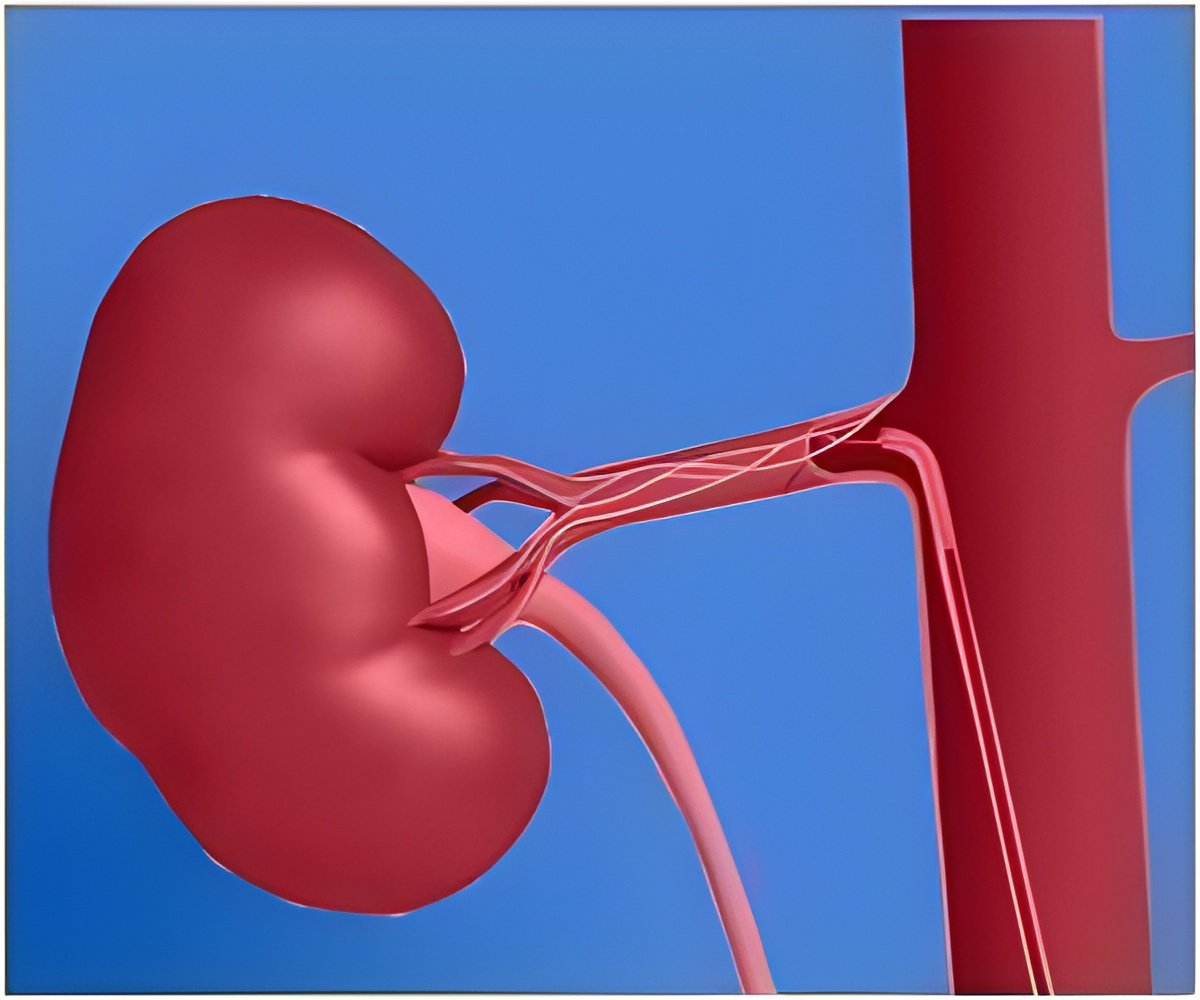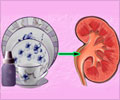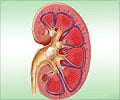
Dialysis treatments for kidney failure come in two forms: peritoneal dialysis is usually done at home, while hemodialysis is predominantly clinic-based. During peritoneal dialysis, fluids that are pumped into the abdominal cavity collect wastes pulled in from the blood and are then removed from the body. During hemodialysis, blood is removed, purified by a machine, and returned to the body.
Peritoneal dialysis is less expensive than hemodialysis, but its use seems to be declining, particularly in developed countries. To get a sense of the recent trends in peritoneal dialysis use around the world, Arsh Jain, MD (University of Western Ontario, in London, Canada) and his colleagues analyzed records from 1997 to 2008 in 130 countries.
Among the major findings:
- In 2008, there were approximately 196,000 peritoneal dialysis patients worldwide, representing 11% of the dialysis population.
- In total, 59% of peritoneal dialysis patients were treated in developing countries and 41% in developed countries.
- Over the 12 years of the study, the number of peritoneal dialysis patients increased in developing countries by 24.9 patients per million population and in developed countries by 21.8 per million population.
- The proportion of all dialysis patients treated with peritoneal dialysis did not change in developing countries but significantly declined in developed countries by 5.3%.
These findings indicate that the number of patients treated with peritoneal dialysis rose worldwide from 1997 to 2008, with a 2.5-fold increase in the prevalence of peritoneal dialysis patients in developing countries; however, the proportion of all dialysis patients using this type of treatment continues to decline in developed countries.
"Our findings may impact future business and research innovations," said Dr. Jain. Because of the increasing use of peritoneal dialysis in the developing world and the lower cost of doing research there, "it may be the developing world and not the developed world that drives future medical innovations in peritoneal dialysis," he said.
Advertisement









